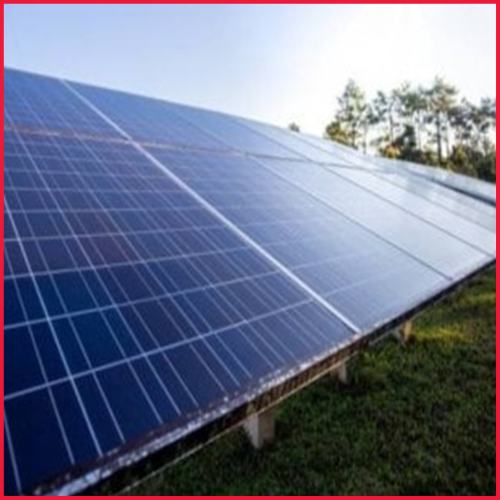The Centre may reduce the number of official GDP estimates from six to four. According to the sources, the Statistics Ministry will begin this process next year.
According to persons familiar with the topic, India is considering reducing its annual GDP estimates from six to four releases to prevent numerous adjustments that market analysts have previously characterized as misleading.
The Statistics Ministry would begin this next year, according to the persons, who asked not to be named until a final decision was reached. They noted that the suggestion is being debated by the ministries of statistics and finance, as well as senior officials from Prime Minister Narendra Modi‘s cabinet, as part of a campaign to improve the quality of economic data.
According to the sources, this would assist India shorten the time it takes to finalize its national income projections from about three years to around two years. The move follows repeated issues surrounding India’s statistics, with market observers often criticizing the figures as insufficient or even confused owing to rapid and unforeseen modifications.
The suggested modifications include moving the first annual advance estimate ahead by a week to mid-January and missing the second prediction in late February. This would be followed by a May update and two additional yearly modifications. These efforts enable time for the Statistics Ministry to integrate additional data into its projections, allowing for better planning, particularly for the February 1 budget, and avoiding large adjustments, according to the sources.
An email requesting a response from the Statistics Ministry was not returned. Since 2015, when the government updated the base year to reflect changes in the economy, India’s GDP statistics have been at the center of controversy. The government increased 2016-17 GDP growth to an astonishing 8.2% in 2019 after an extraordinary cash ban ravaged the economy, perplexing Indian observers once again.
Given the worries about official statistics, economists studying India have found it difficult to predict and have sought alternatives, with most relying on high-frequency indicators like vehicle sales and tax collection to gain a sense of the economy’s direction.














